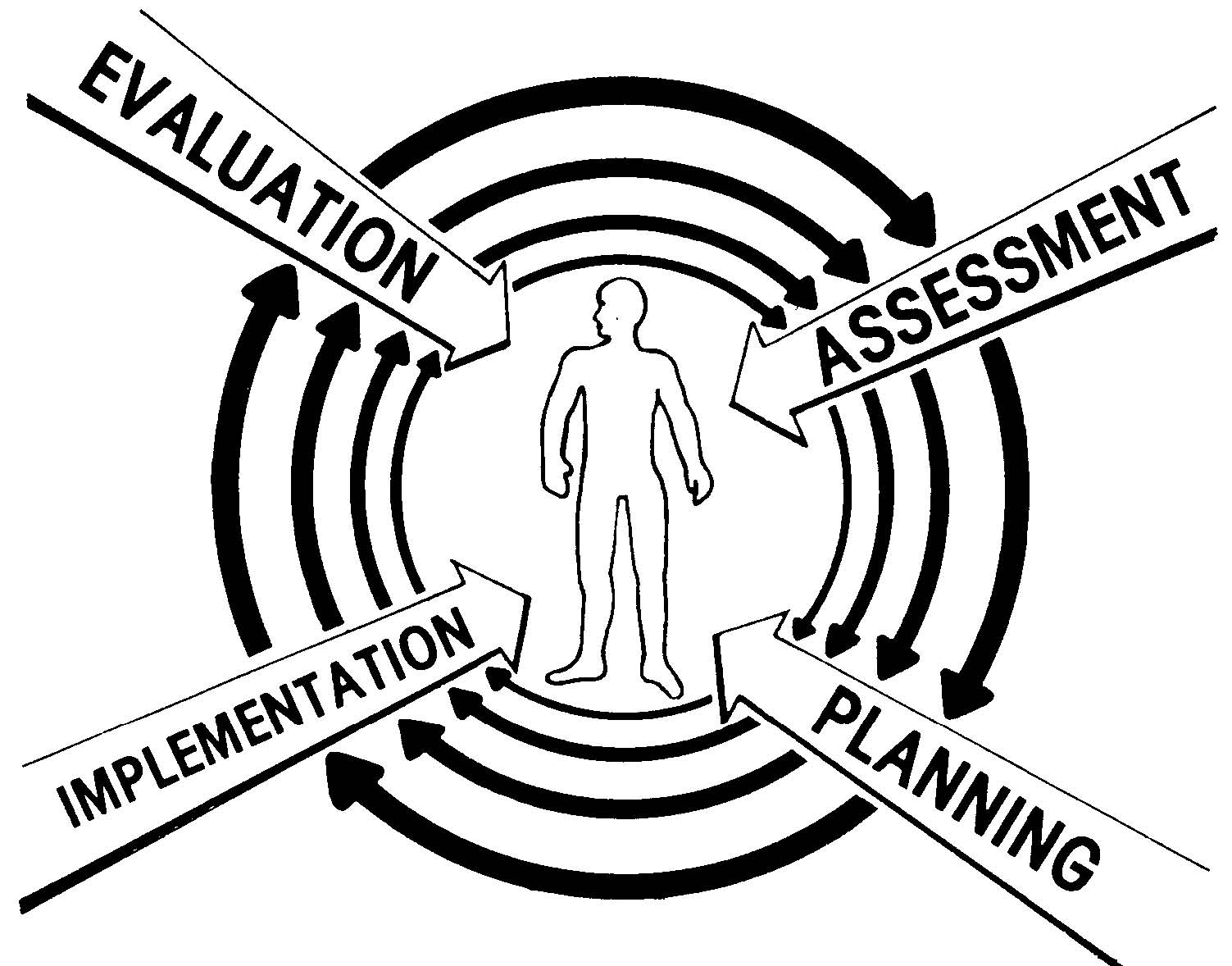3-5
3-5. EVALUATION
a. It is necessary to determine whether the care provided is appropriate and effective. Are the long- and short-term goals being achieved? What is the patient's physiological and psychological status now, in comparison to earlier? Would some other course of action be more beneficial or more significant? The nursing care plan must be continually evaluated and updated in response to the changes in the patient. If not, something significant may be overlooked and the course of recovery for the patient may be delayed. The practical nurse coordinates with and assists the professional nursing staff in the evaluation of nursing care by:
-
(1) Contributing to the identification of the strengths and weaknesses in the plan of nursing care.
-
(2) Communicating with the patient and his family to maintain awareness of the patient's feelings and condition.
(3)
(4) Seeking assistance in improving his own personal weaknesses if any are identified in the course of patient care.
b. As the nursing plan of care is evaluated, it will become necessary to periodically reassess the patient's needs and formulate a new plan to be implemented. This four step method of assessing, planning, implementing, and evaluating is a circular process of continued nursing care (see figure 3-1). This process can be utilized for developing all types of nursing care. This circular process is illustrated in the following situation.


